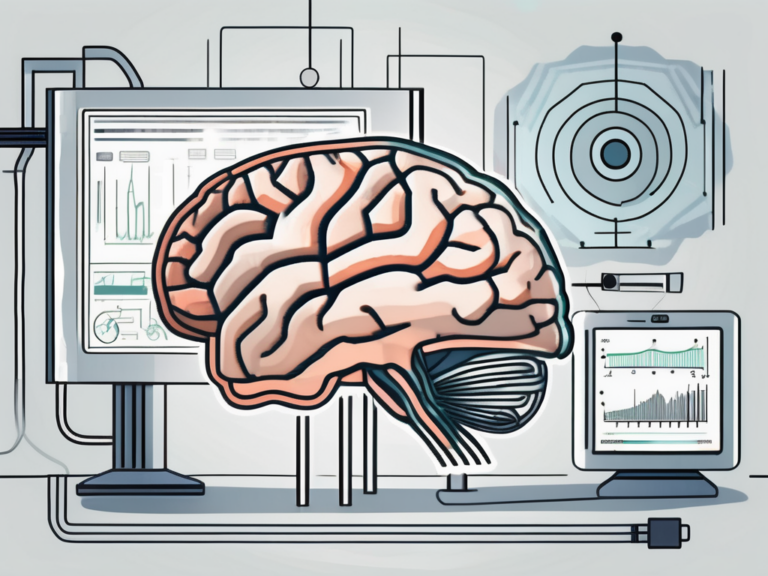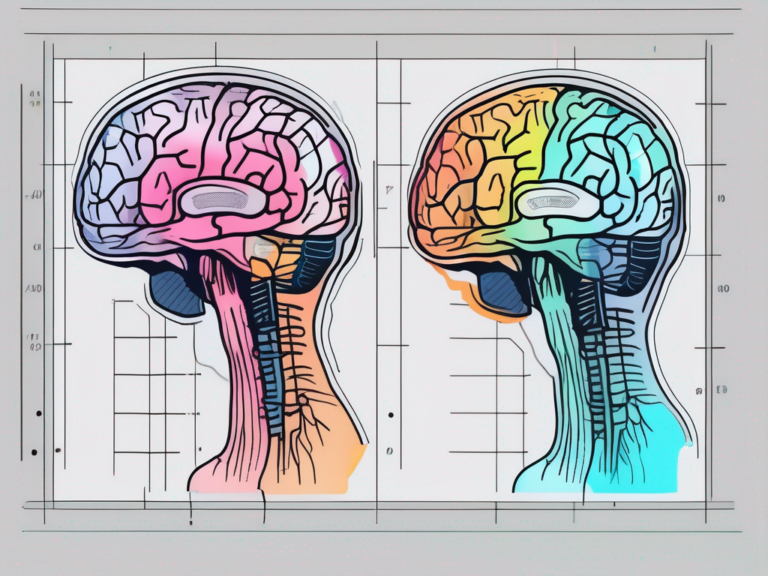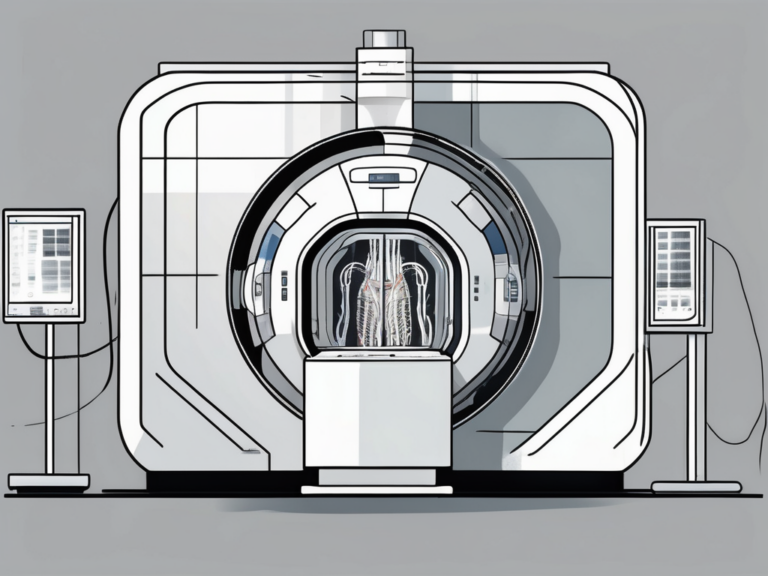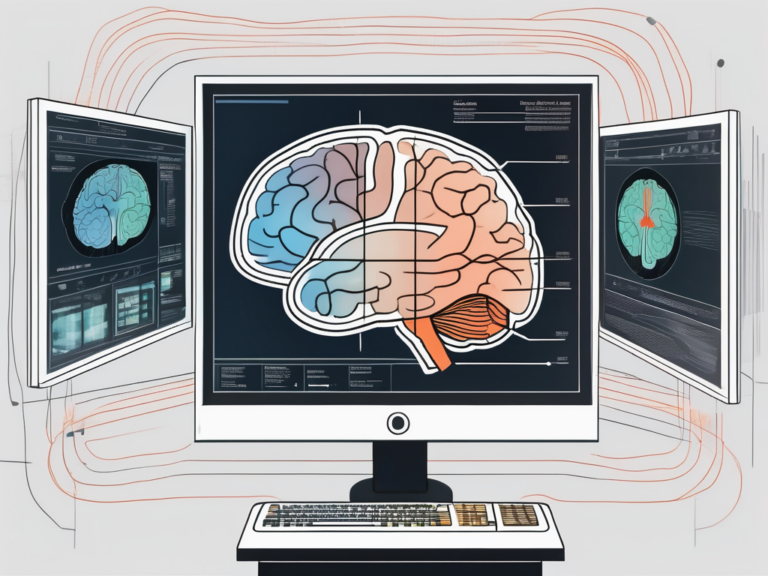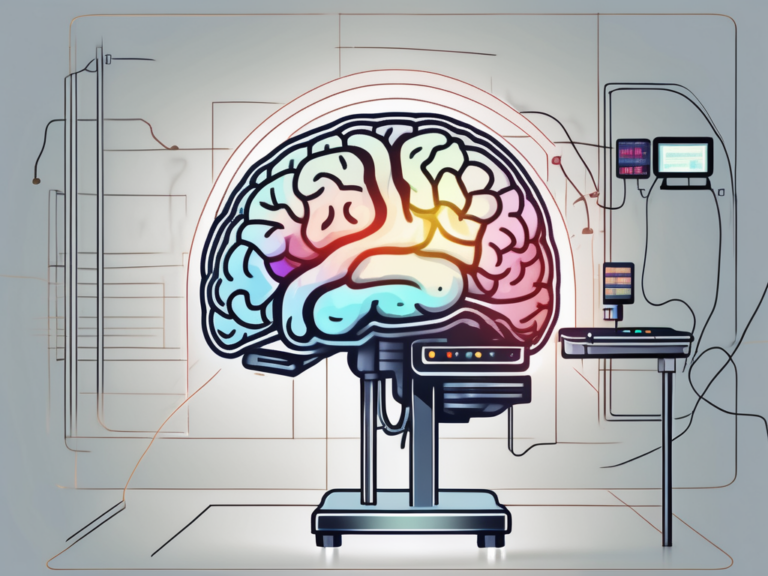what area of the brain showed increased activity on fmri scans during insight problem solving?
Insight problem solving is a fascinating cognitive process that allows individuals to suddenly and unexpectedly arrive at a solution or a new understanding. It involves the ability to restructure the problem at hand and gain a fresh perspective, leading to a breakthrough. Curious researchers have long sought to understand the neural basis of this creative problem-solving ability. Thanks to advancements in neuroimaging techniques, specifically functional magnetic resonance imaging (fMRI), we can now explore the intricate workings of the brain during insight problem solving.
Understanding Insight Problem Solving
Defining Insight Problem Solving
Insight problem solving refers to the “Aha!” moments we experience when a solution suddenly pops into our minds. It is different from traditional problem solving, which involves a gradual, step-by-step approach. Insight problem solving is characterized by the spontaneous restructuring of our mental representations, leading to an unexpected solution.
These moments of insight are often accompanied by a feeling of clarity and certainty, as if the solution was there all along, just waiting to be discovered. Research has shown that insight problem solving involves regions of the brain associated with sudden realizations and creative thinking, such as the anterior cingulate cortex and the right hemisphere.
The Cognitive Process of Problem Solving
When faced with a problem, our brain goes through several cognitive processes. Initially, we may attempt to solve the problem using traditional strategies, such as trial and error or applying previous knowledge and routines. However, when these strategies fail, our brain switches to insight problem solving mode, attempting to reframe the problem and find a novel approach.
During insight problem solving, the brain engages in a process of mental restructuring, where it breaks away from conventional thinking patterns and explores new connections and possibilities. This shift in thinking can be triggered by various factors, such as environmental cues, incubation periods, or even positive mood states. By understanding the cognitive mechanisms behind insight problem solving, researchers hope to uncover strategies that can enhance creative thinking and problem-solving abilities in individuals of all ages.
The Role of the Brain in Problem Solving
An Overview of Brain Function
Understanding the brain’s role in problem solving requires knowledge about brain function. Our brain consists of different regions, each responsible for various cognitive processes. These regions communicate with each other through intricate networks, allowing us to solve problems, make decisions, and engage in various mental activities.
One crucial aspect of brain function is neuroplasticity, the brain’s ability to reorganize itself by forming new neural connections. This phenomenon plays a significant role in problem solving, as it allows the brain to adapt and learn from new experiences. Neuroplasticity is particularly evident in tasks that require creative thinking and novel problem-solving strategies.
The Brain and Cognitive Tasks
During cognitive tasks, such as problem solving, different brain regions exhibit distinctive patterns of activity. It is through these patterns that researchers gain insight into the neural processes underlying specific cognitive functions. By studying the brain’s activity during insight problem solving, we can pinpoint the regions involved in this creative process.
Moreover, the brain’s ability to form and strengthen neural connections, known as synaptic plasticity, is crucial for problem solving. Synaptic plasticity allows neurons to communicate more effectively with each other, enhancing information processing and cognitive functions. This process is essential for learning and memory consolidation, both of which are integral to successful problem solving.
The Science Behind fMRI Scans
The Basics of fMRI Technology
fMRI, or functional magnetic resonance imaging, is a valuable tool in studying brain activity. It measures changes in blood oxygenation levels, which indicate neural activity, using a powerful magnet and radio waves. By detecting these changes, fMRI provides detailed maps of brain regions involved in specific cognitive tasks.
Furthermore, fMRI technology has revolutionized our understanding of the human brain by allowing researchers to observe real-time brain activity non-invasively. This non-invasive nature of fMRI scans has made them particularly useful in studying brain function in both healthy individuals and those with neurological disorders.
Interpreting fMRI Results
Interpreting fMRI results requires sophisticated analysis techniques, as the data collected is complex. Researchers use statistical models to identify brain regions that show significant changes in activity during insight problem solving. These models help determine which areas of the brain exhibit increased activation, providing valuable insights into the neural underpinnings of insight.
Moreover, fMRI results are not only crucial in understanding brain function but also have practical applications in fields such as psychology, neurology, and even marketing. The ability to visualize brain activity in response to different stimuli or tasks has opened up new avenues for research and has the potential to impact various aspects of human life.
The Brain’s Activity During Insight Problem Solving
Identifying Active Brain Regions
Studies utilizing fMRI have shed light on the brain regions showing increased activity during insight problem solving. One area that consistently stands out is the anterior cingulate cortex (ACC). This region plays a crucial role in processes such as conflict monitoring, attention, and decision-making. The ACC’s heightened activity during insight suggests its involvement in overcoming mental impasses and facilitating problem solving.
Additionally, the dorsolateral prefrontal cortex (DLPFC) has also been implicated in insight problem solving. The DLPFC is responsible for executive functions, such as working memory and cognitive flexibility. It seems to play a vital role in reconfiguring mental representations, allowing us to break free from conventional thinking and find creative solutions.
Moreover, recent studies have also pointed to the involvement of the parietal cortex in insight problem solving. The parietal cortex is known for its role in spatial processing and attention. Its activation during moments of insight suggests a link between spatial awareness and the restructuring of problem-solving strategies.
The Significance of Increased Brain Activity
The increased activity observed in the ACC, DLPFC, and parietal cortex during insight problem solving suggests their importance in the creative cognitive processes underlying sudden breakthroughs. These findings highlight the intricate interactions between brain regions involved in problem solving and the pivotal role of executive functions in facilitating insightful thinking.
Implications for Future Research
Potential Applications of Findings
The insights gained from studying the brain’s activity during insight problem solving have broad applications. Understanding the neural mechanisms behind insight can help improve educational approaches, problem-solving strategies, and even therapeutic interventions. By fostering insight, we can enhance creative thinking and innovation across various domains.
One intriguing avenue for future exploration lies in the application of artificial intelligence (AI) and machine learning algorithms to mimic the neural processes associated with insight. By simulating these cognitive mechanisms, researchers may be able to develop AI systems capable of generating creative solutions to complex problems autonomously. This could revolutionize industries ranging from technology to healthcare, where innovative problem-solving is highly valued.
Unanswered Questions and Future Investigations
While significant progress has been made in unraveling the mysteries of insight problem solving, many questions remain unanswered. Future research will likely delve deeper into understanding the precise neural dynamics underlying insight, exploring potential individual differences and investigating the impact of various factors, such as expertise and emotional states, on insight generation.
Moreover, emerging technologies like real-time neuroimaging and non-invasive brain stimulation offer exciting possibilities for advancing our understanding of insight. By combining these cutting-edge techniques with traditional experimental paradigms, researchers can gain a more comprehensive view of how different brain regions interact during moments of insight, providing a more nuanced picture of the underlying processes at play.
In conclusion, exploring the brain’s activity during insight problem solving provides valuable insights into the neural processes that govern our creative problem-solving abilities. Studies utilizing fMRI have revealed the involvement of regions such as the ACC and DLPFC in facilitating insight, shedding light on the cognitive processes and brain mechanisms underlying sudden breakthroughs. This expanding knowledge has broad implications for various domains and paves the way for future research aimed at fostering creativity and enhancing problem-solving skills.

